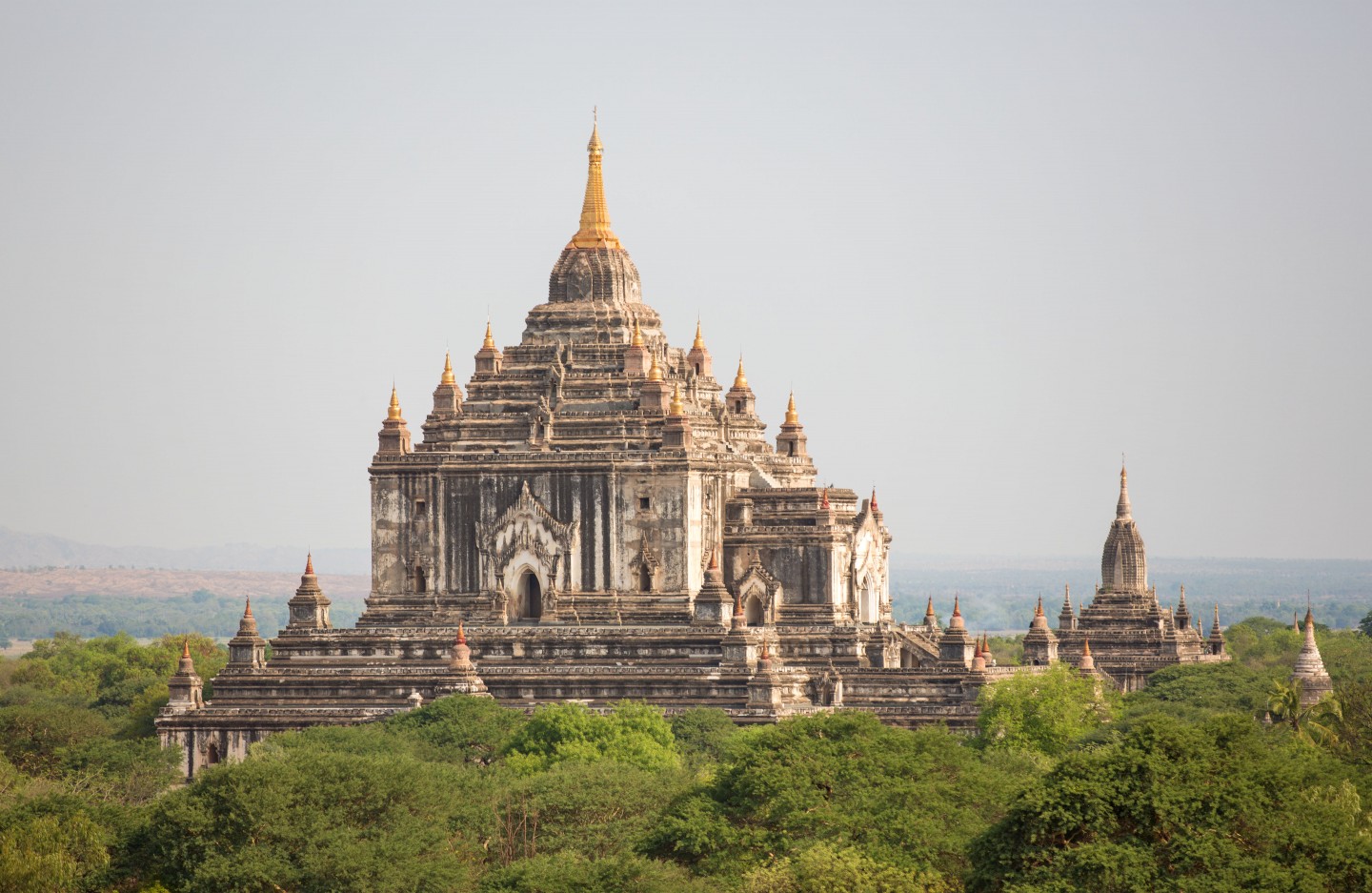Explore the time honoured treasures of Myanmar’s ancient temple city

As dusk falls over the dusty plains of Bagan, a panoply of illuminated stupas and spires extends toward the horizon. Here, 200 kilometres south of the city of Mandalay, over 10,000 Buddhist temples, pagodas and monasteries once paid testament to the might and majesty of the Kingdom of Pagan. With over 2,000 still standing, spread over an area of just 40 square kilometres, this is one of South East Asia’s most awe-inspiring man-made spectacles. This is Myanmar’s very own Angkor Wat.
_970_602.jpg)
After decades of isolation, Myanmar is now on everyone’s travel bucket list, offering an intriguing history, spectacular natural beauty, and the edginess that comes with a country still in transition. While tourist numbers are on the increase, however, only a handful of Bagan’s temples currently draw the crowds. This is still, by the standards of similarly impressive cultural sites, a charming and gloriously untarnished destination.
Situated beside a lazy curve of the Irrawaddy River, on the arid tattadesa (parched land) of central Myanmar, Bagan (or Pagan) was founded as a fortified settlement in 849 A.D. Between 1057 and 1287, under a long line of kings, thousands of temples and hundreds of monasteries, libraries and colleges were constructed here, as the rapidly expanding city-state became the nexus of an all-conquering Burmese Empire.
Yet Bagan’s brightly burning star was soon extinguished. By the middle of the 13th century the city was already in decline, with an effective coup de grâce delivered by Kublai Khan’s invading Mongols. Today, while many temples have fallen victim to thieves, earthquakes and the general ravages of time, many of those that remain are superbly preserved, or have been restored by teams of local and international archaeologists.
_386_579.jpg)
With its golden hti (topmost decoration) rising above the surrounding plains like a glittering corncob, the Ananda Temple is arguably Bagan’s most beautiful structure. Located east of the old city walls, this elegant building is a symmetrical masterpiece of old Burmese architecture.
Of all Bagan’s temples, it is Ananda that occupies the hearts of local residents. “There’s a well-known saying here,” explains tour guide Nay Myo Ko. “If Dhammayangyi temple is for size, and Thatbyinnyu temple is for height, then Ananda is for aesthetics. This is Bagan’s Palace of Versailles or Forbidden City.”
For many, the highlight of Ananda’s ornate, heavily frescoed interior is its quartet of massive standing Buddhas, one facing each of the points of the compass. “It’s highly unlikely that these Buddhas date back more than a few hundred years,” says Nay Myo Ko. “However, they have a powerful presence. The way they’re hidden from view until you get close still takes my breath away.”
Also a must-see on any Bagan tour is the unrestored Dhammayangyi, a massive 12th century temple that lies close to Ananda. Resembling a squat Egyptian pyramid, this brick-built leviathan is famous for its sheer size and mysterious, blocked-up passageways.
Bagan’s most popular sunset spot is Shwesandaw, a graceful white pagoda that boasts five terraces and a cylindrical stupa topped off with a bejewelled umbrella. Offering fantastic panoramic views, it is located midway between Thatbyinnyu and Dhammayangyi. Arrive early if you want to claim the choicest photographic viewpoint.
Centred around Old Bagan, the Bagan Archaeological Zone is where most visitors choose to base themselves. It contains several of the main temple sites (such as Ananda), the old city walls, a museum, a reconstructed palace, and a range of amenities such as restaurants, shops, and most of the best hotels.
_386_258.jpg)
In addition to the temples, the daily market at Nyaung U, a village just to the northeast of Bagan, is well worth checking out. Attracting people from Bagan and the neighbouring countryside, this colourful bazaar offers a cornucopia of produce, from fish and fruit to rice and rattan.
From the pink hues of dawn to the golden glow of dusk, Bagan takes on different personalities throughout the day. After visiting in the 13th century, an enchanted Marco Polo described Bagan as “a gilded city alive with tinkling bells and the swishing sounds of monks’ robes”. Eight centuries later, most visitors find the enduring treasures of this ancient city equally beguiling.





